Explore the dark, twisting lanes of classic cinema with our guide to 14 essential film noirs, perfect for fans of mystery and suspense. This genre, renowned for its complex narratives, shadow-laden visuals, and morally ambiguous characters, stands as a pillar of American cinema, capturing the essence of post-war disillusionment and existential angst. Each film on our list is a masterpiece in its own right, showcasing the artistic depth and narrative intricacy that make film noir so captivating.
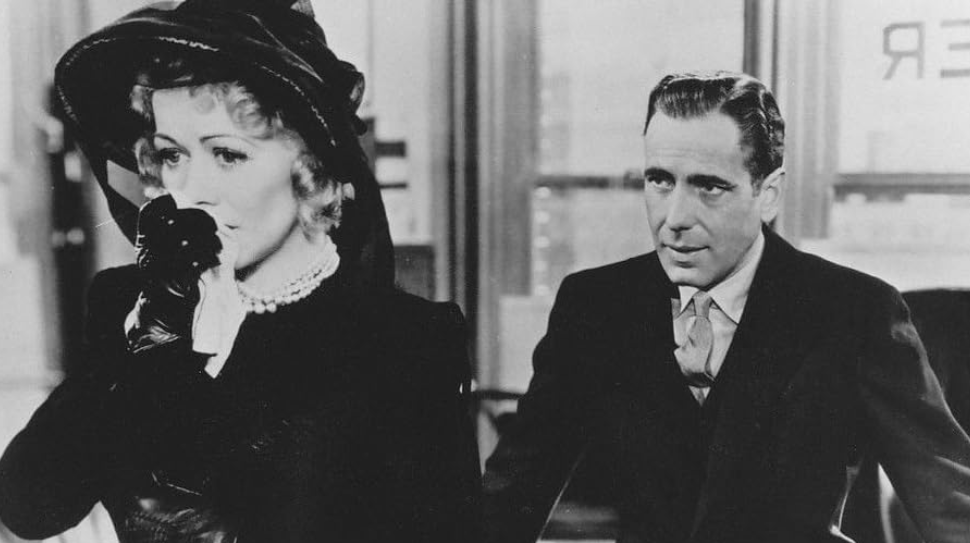
Directed by John Huston, this film is a cornerstone of the film noir genre, featuring Humphrey Bogart as the iconic private detective Sam Spade. Its complex plot, filled with deceit and manipulation around the pursuit of a valuable statuette, makes it a paradigm of the genre. The film’s stark black-and-white cinematography and deep focus contribute to its tense atmosphere, setting a high standard for mystery and suspense.
Double Indemnity (1944)
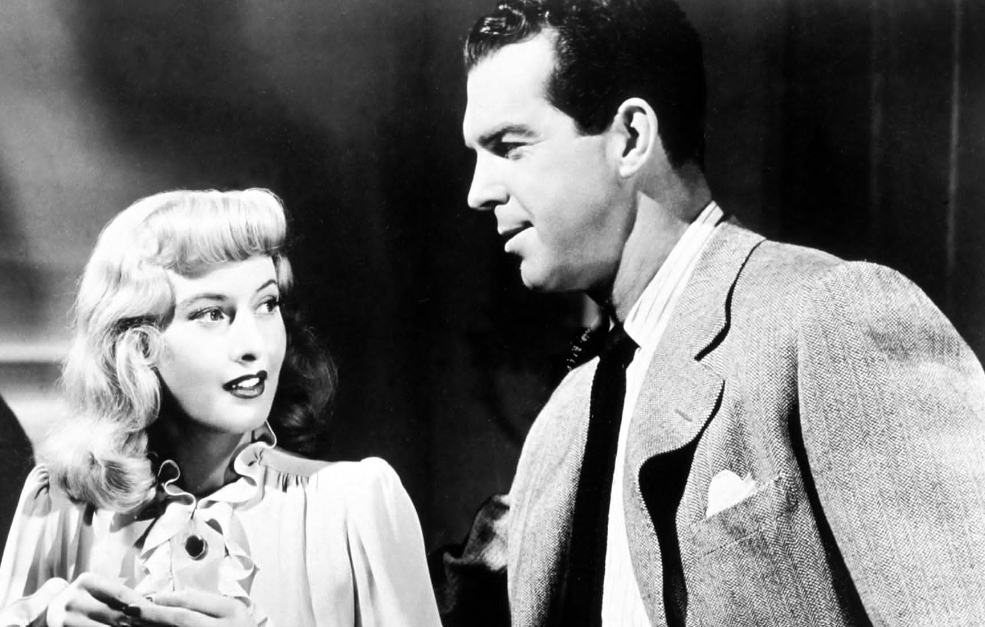
Billy Wilder’s masterpiece is a thrilling exploration of greed, lust, and betrayal. With Fred MacMurray as an insurance salesman caught in a deadly fraud scheme by Barbara Stanwyck’s captivating femme fatale, the film’s use of voice-over narration and flashbacks was innovative, influencing countless noirs that followed. Its tight script and high-contrast lighting are exemplary of the genre’s best elements.
Laura (1944)
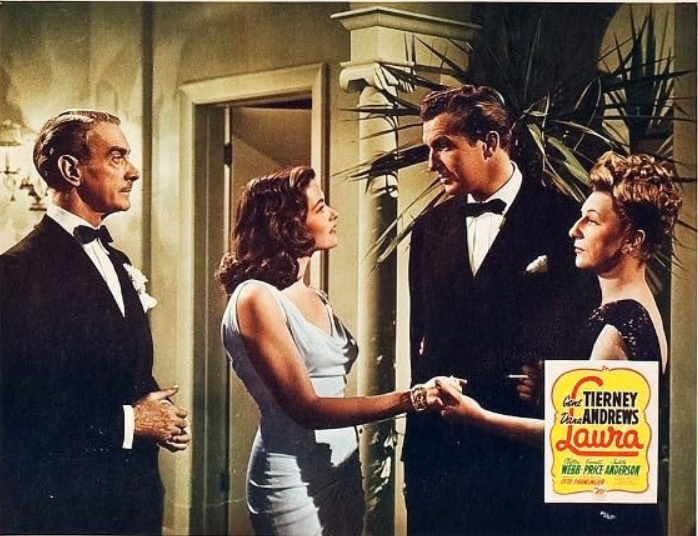
Otto Preminger’s film is a mesmerizing tale of obsession, featuring a detective who falls in love with the woman whose murder he’s investigating. The blending of romance and mystery, along with its haunting portrait of Laura, creates a compelling narrative. Its sophisticated storytelling and elegant visuals mark it as a classic in the noir and mystery genres.
The Big Sleep (1946)
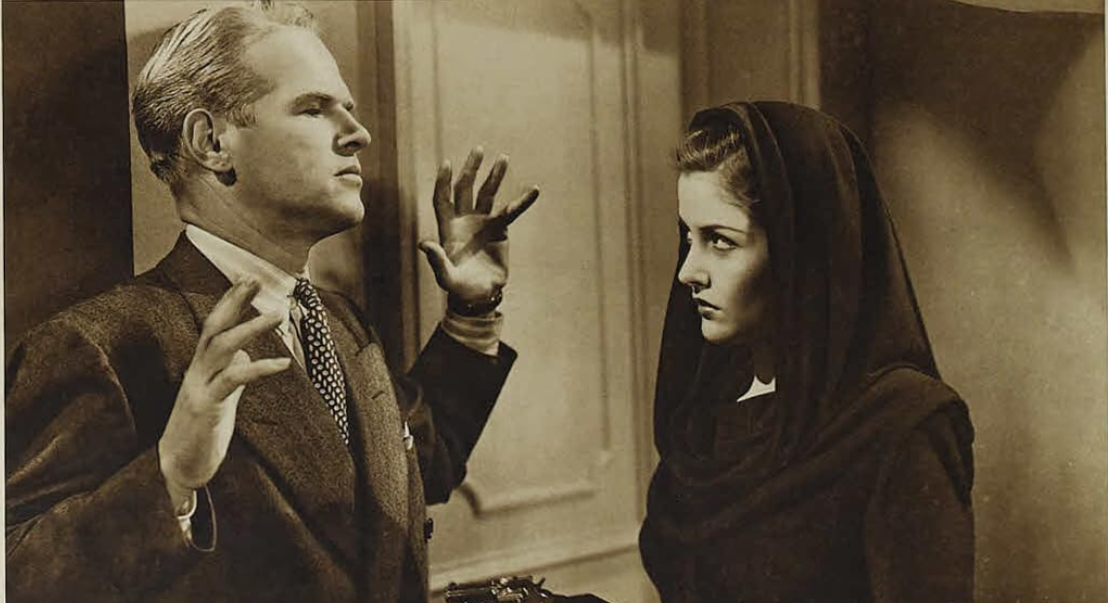
Howard Hawks directed this labyrinthine tale starring Humphrey Bogart as Philip Marlowe. The film’s complex plot, involving blackmail and murder, is matched by its witty dialogue and atmospheric settings. The Big Sleep is celebrated for its intricate storytelling and the magnetic presence of Bogart and Lauren Bacall.
Out of the Past (1947)
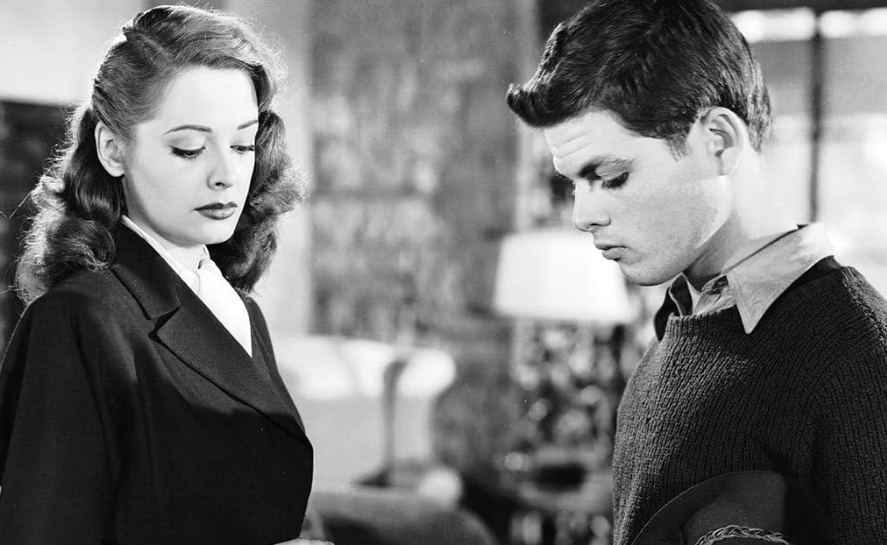
Jacques Tourneur’s film is a definitive noir, with Robert Mitchum as a doomed private detective entangled in a web of deceit and past mistakes. The narrative’s fatalistic tone, coupled with its flashbacks and moody cinematography, captures the essence of noir’s thematic concerns with destiny and moral ambiguity.
The Third Man (1949)
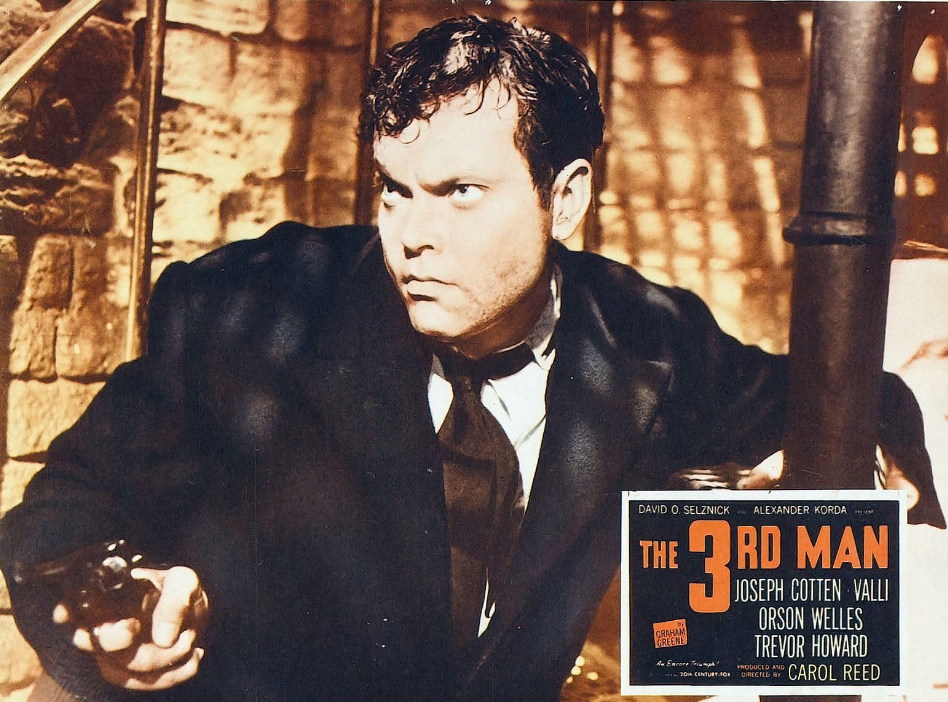
Directed by Carol Reed and set in post-war Vienna, this film noir is noted for its atmospheric use of European locales and its zither score. The story of an American searching for his friend and stumbling upon a conspiracy, it combines intrigue with a haunting exploration of loyalty and corruption. Its iconic use of shadows and canted angles creates a disorienting, suspenseful experience.
Sunset Boulevard (1950)
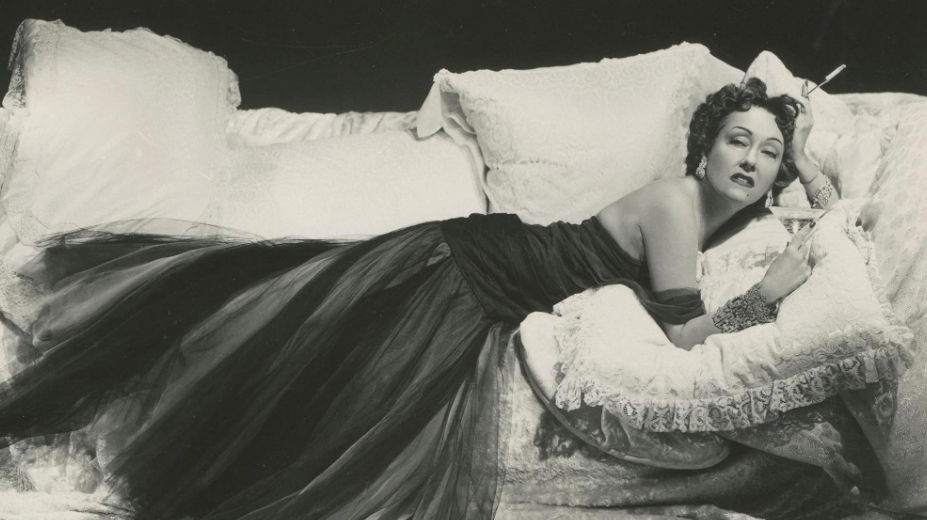
Billy Wilder’s critique of Hollywood tells the story of a screenwriter and a forgotten film star. Its noir elements are found in its exploration of fame, obsession, and despair, captured through dramatic lighting and a foreboding mansion that sets the stage for tragedy. The film’s direct address of the darker side of show business was groundbreaking.
In a Lonely Place (1950)
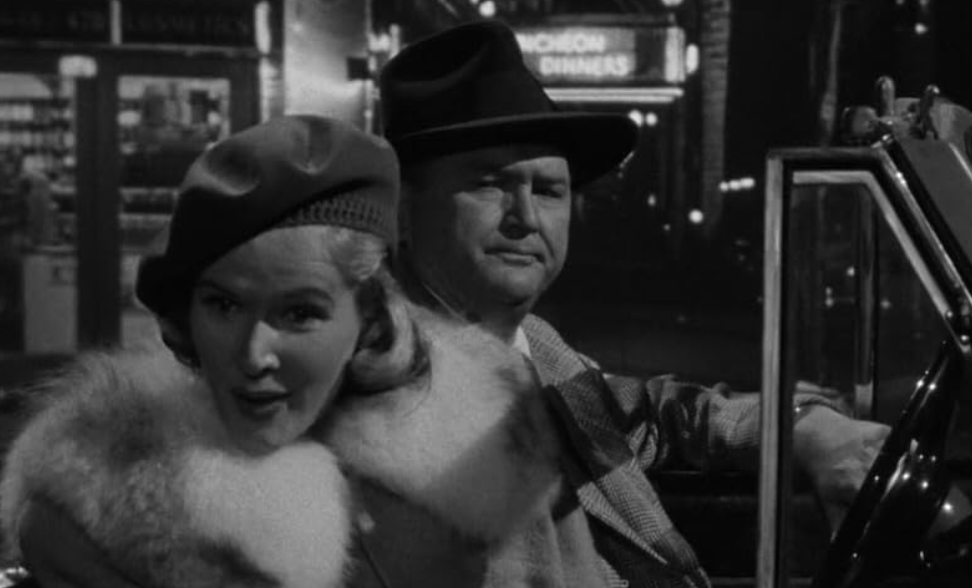
Nicholas Ray presents a complex study of trust and violence in Hollywood, with Humphrey Bogart as a screenwriter accused of murder. The film’s exploration of the protagonist’s psychology, along with its ambiguous ending, offers a nuanced take on the themes of love and suspicion.
Strangers on a Train (1951)
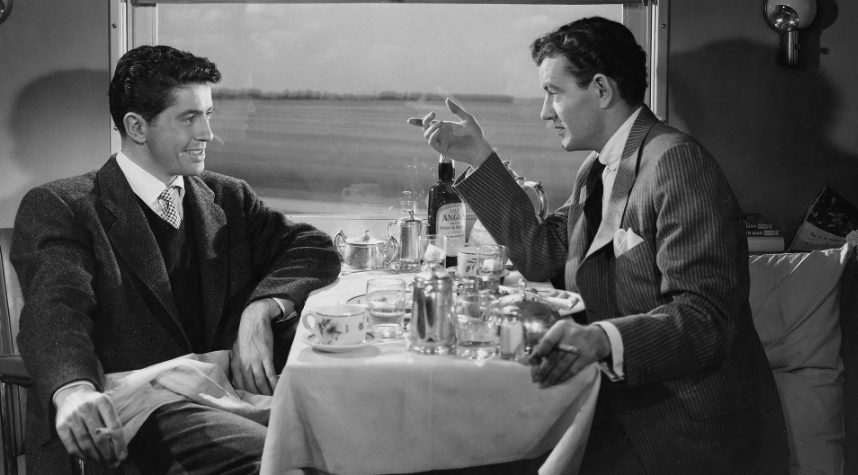
Alfred Hitchcock’s adaptation of Patricia Highsmith’s novel is a masterclass in suspense, revolving around a murder pact between two strangers. Its themes of guilt and identity, combined with Hitchcock’s expert tension-building, make it a standout in the noir genre.
Kiss Me Deadly (1955)
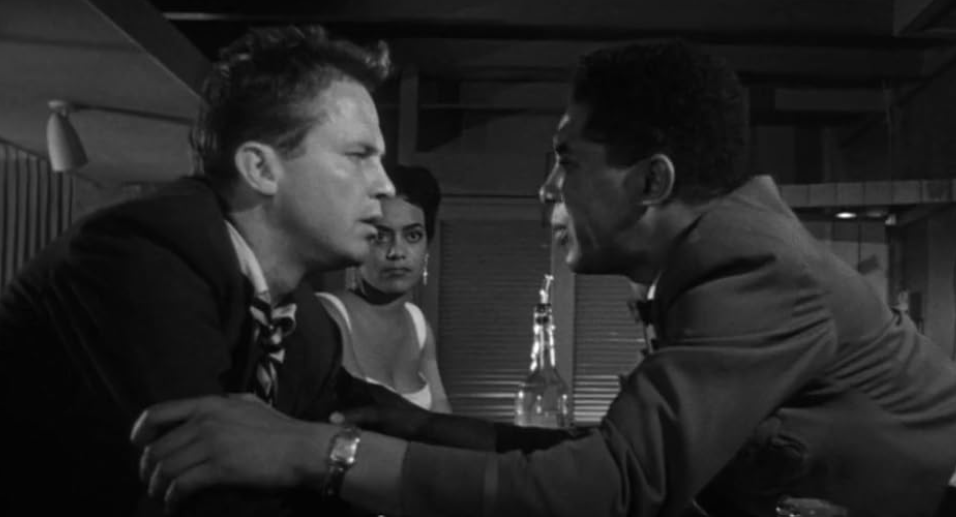
Robert Aldrich’s adaptation of a Mickey Spillane novel is a quintessential cold war noir, blending detective fiction with nuclear paranoia. Its fast-paced narrative, brutal violence, and the iconic “Pandora’s box” ending reflect the era’s anxieties and the genre’s penchant for stark, unsettling themes.
The Night of the Hunter (1955) 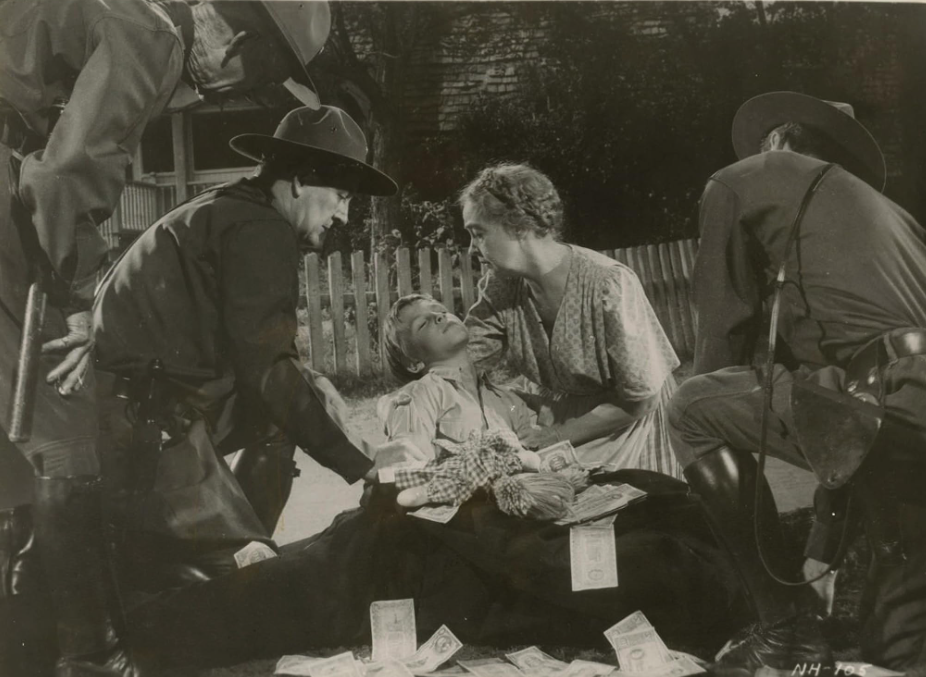
Charles Laughton’s only directorial effort is a visually stunning, terrifyingly poetic tale of good versus evil, with Robert Mitchum as a predatory preacher. Its expressionistic style, with stark contrasts and surreal imagery, sets it apart as a hauntingly beautiful piece of cinema.
Touch of Evil (1958)
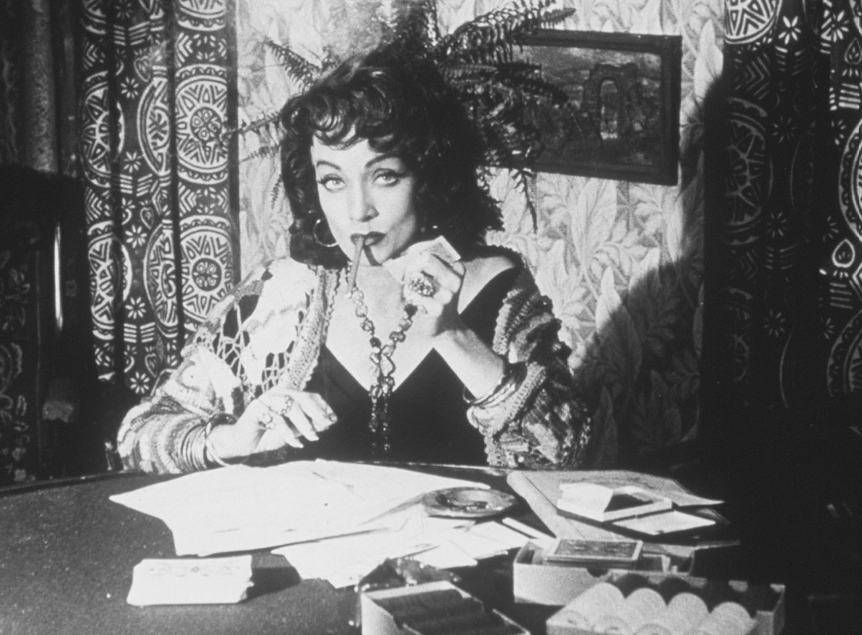
Orson Welles’s film about corruption along the U.S.-Mexico border is celebrated for its opening long take and complex narrative. Welles’s use of deep focus and dramatic angles, along with a morally ambiguous protagonist, exemplify the noir aesthetic and thematic depth.
Vertigo (1958)
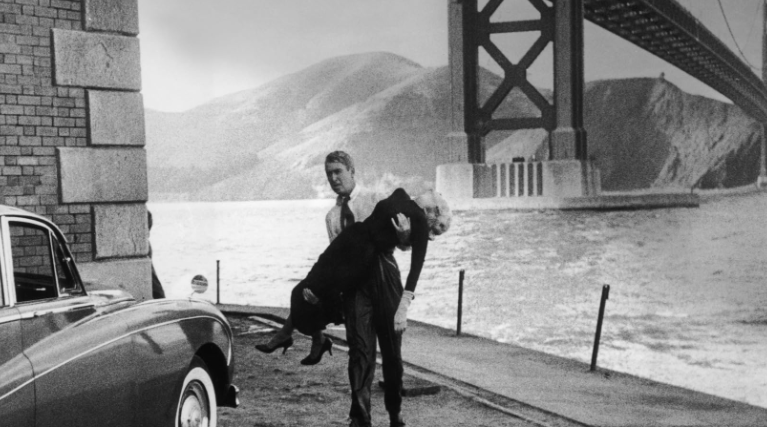
Alfred Hitchcock’s tale of obsession, with James Stewart as a detective haunted by his past, is a psychological thriller wrapped in a noir mystery. The film’s use of color, innovative camera techniques, and exploration of identity and illusion make it a timeless study of human frailty.
Chinatown (1974)
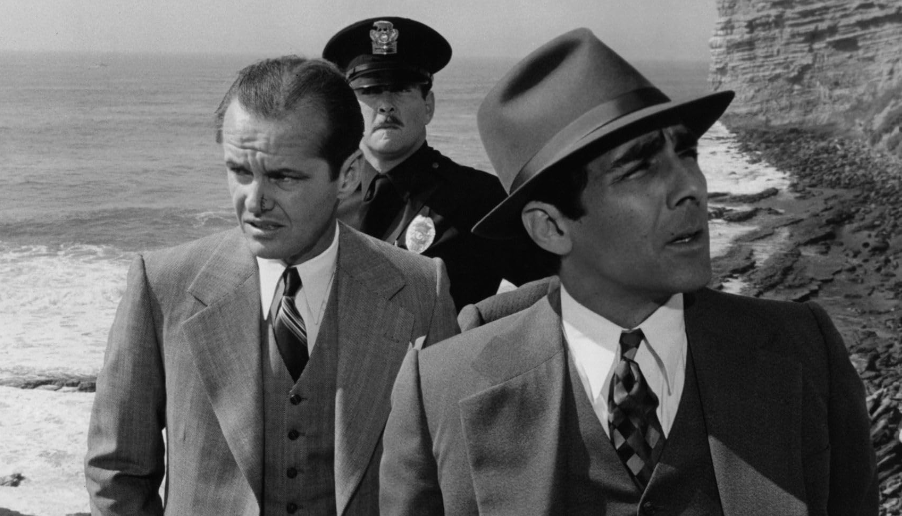
Directed by Roman Polanski, this neo-noir is a throwback to the classic era with its tale of a private detective (Jack Nicholson) uncovering corruption in 1930s Los Angeles. Its complex plot, rich character development, and thematic exploration of power and moral decay update the noir tradition for a new era.
This article originally appeared on UnifyCosmos.
More from UnifyCosmos
14 Hidden Gems in the U.S. That Are Off the Beaten Path

Discover the hidden side of America with our guide to 14 off-the-beaten-path gems. These under-the-radar destinations offer a unique blend of natural beauty, cultural richness, and quiet adventure. Read More.
14 Cheese Varieties From Around the World and How to Savor Them
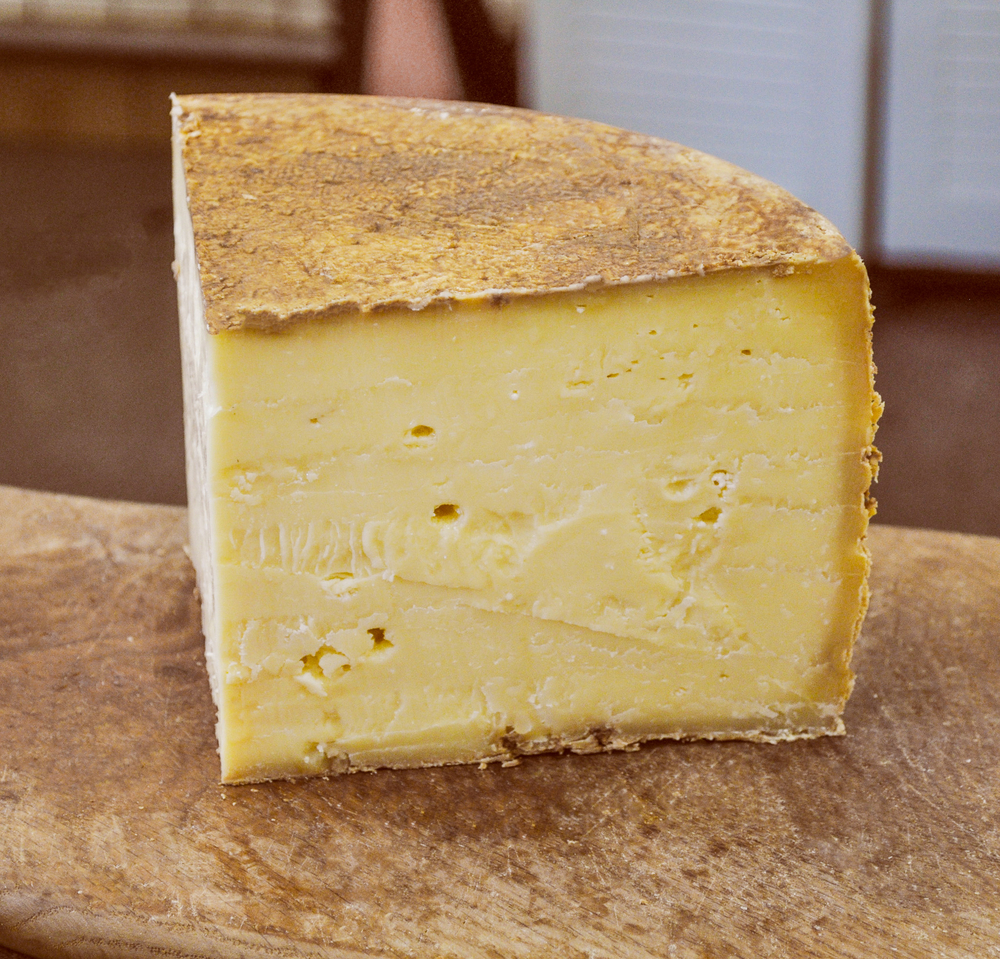
Embark on a flavorful journey as we explore 14 distinct cheese varieties from around the globe. Read More.
15 Best Places to Buy Inexpensive Cosmetics and Beauty Products Online

In the world of makeup and skincare, finding the perfect products without spending a fortune is like discovering a hidden treasure. Read More.
Leave a Reply